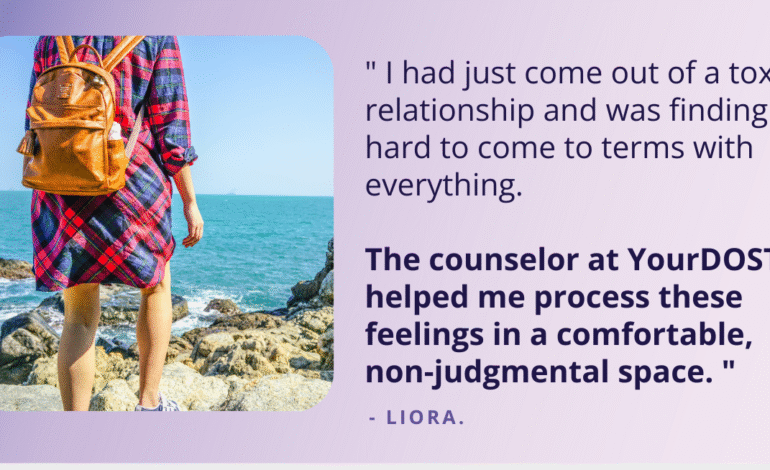How To Teach Your Child About Preserving Personal Space
Children are usually very expressive. They enjoy cuddling, hugging and sitting on laps. They enjoy being abreast and close with others. As parents, you are the lifelong mentors to your children. You are their first teachers.
Although their expression of love is cute and much needed, such behavior should be molded to change according to etiquettes. Children need to be taught about a no-touch-no-intrusion behavior with outsiders.
How can it be done?
Children between the age of 5-10 years can be taught about personal space through the Circles of Relationships. This will help them know the difference between good touch and bad touch. Further, it will help them prevent from abuse which could be sexual, physical and psychological.
Different colors are associated with different people.

-
Violet for Own Space:
This can be regarded as the most important circle. It represents the child. With this circle, you should explain the child about their own body. About the decisions, they will take to protect their personal space. It should be clearly explained that nobody else can decide their comfort. They are solely responsible for giving permission to their will to anybody. Even if it is somebody in the family forcing them to sit on their lap, they shouldn’t hesitate to stop them if they aren’t comfortable.
-
Blue for Family:
The family is usually the closest to children. They find their comfort and openness with them. Family members should be taught about the child’s comfort separately. But, the blue circle should explain children about the personal space of family members. They should be mindful of their personal boundaries. They should be explained to respect other’s privacy.
-
Green for Friends:
Usually, children spend the second most time with their friends. Friendship teaches cooperation and revelry. It builds the conversational skills of children. Naturally, as children are comfortable with one another they indulge in hugging. The green circle should explain children about mutual consent. Children need to understand that everybody has different behaviors. They should also be given different criterions to define friendships.
-
Yellow for Acquaintances:
Acquaintances are those which don’t necessarily play an important role in the child’s life. Parents should explain the social norms to their children. You need to speak about the different types of acquaintances. With the yellow circle, parents should introduce safety rules. They should be explained the difference between friends and acquaintances. They should be made aware that distance should be maintained from both the sides.
-
Orange for Professional Helpers:
Teachers, helpers in school, house helpers, nurses and doctors can be people who help children but they are not necessarily their friends. With the orange circle, parents need to explain children about the different emergency situations. They should stress upon the identities of such professional helpers who wear a distinct uniform or badge as ID proofs.
-
Red for Strangers:
Strangers are people who children may not know. Though not all strangers are a threat, children need to understand that they can’t be sure if they are good or bad. With the red circle, children should be explained that they shouldn’t trust strangers. They shouldn’t reveal their private details to them. Taking sweets or anything from strangers can be harmful. Children should be taught to be alert with strangers.
While teaching children about the personal space parents need to respect their own personal space too.





